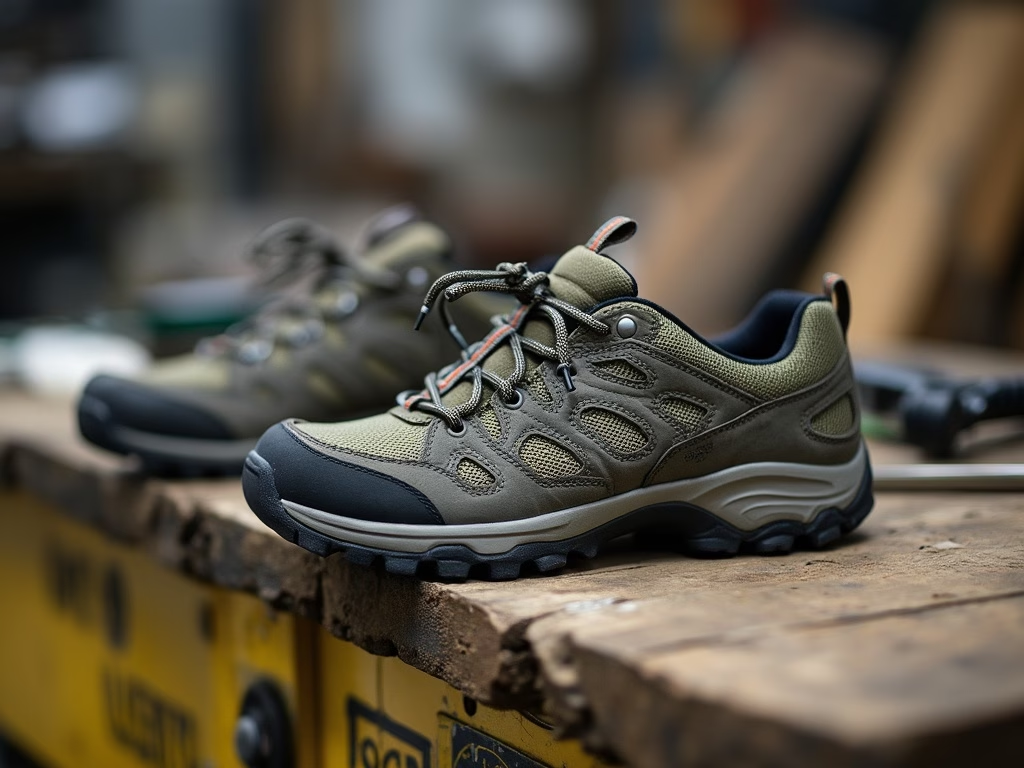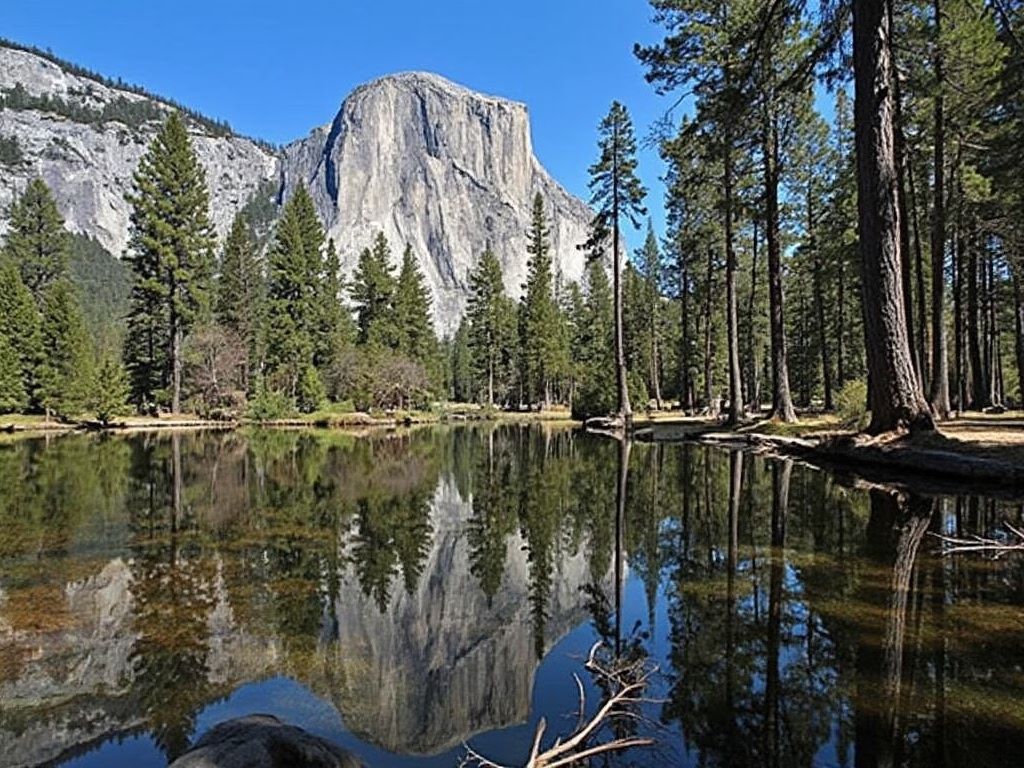The landscape of hiking boot manufacturing is shifting, with several companies opting to produce their footwear outside of China. This trend reflects a growing interest in locally-made outdoor gear and a focus on quality craftsmanship in the hiking industry.
Key Takeaways:
- Companies like Danner and L.L. Bean are leading the charge in USA-manufactured hiking boots
- Some global manufacturers, including MSR and Lowa, produce boots in countries other than China
- American-made boots often emphasize high-quality materials and traditional craftsmanship
- The shift away from Chinese manufacturing reflects changing consumer preferences and ethical considerations
- Only a small percentage of major hiking boot brands still manufacture entirely in the USA
The Trail Less Traveled: American-Made Hiking Boots
Picture a hiker at the base of a challenging mountain trail, carefully lacing up a pair of rugged, American-made boots. This scene captures the essence of a growing trend in the outdoor industry – the appeal of USA-manufactured hiking boots. Companies like Danner, L.L. Bean, Schnee’s Boots, Truman Boot Co., Wolverine, and Limmer Boots are at the forefront of this movement.
Danner, known for its commitment to quality, offers a unique recrafting service that extends the life of their boots. L.L. Bean proudly showcases its ‘Maine-made’ designation, emphasizing local craftsmanship. Schnee’s Boots, while sourcing some components globally, ensures final assembly takes place in the USA. These companies are part of a rich tradition of American bootmaking, with Wolverine boasting over 135 years in business and Limmer Boots tracing its roots back to 1919.
Beyond Borders: Global Manufacturers Avoiding China
The trend of avoiding Chinese manufacturing isn’t limited to American companies. Globally, several outdoor gear manufacturers are opting for production facilities outside of China. MSR, for example, operates facilities in Seattle and Cork, Ireland. BlackStrap Industries focuses on innovation and sustainability in their manufacturing processes, steering clear of Chinese production.
In Europe, companies like Lowa distribute their manufacturing across Italy, Germany, and Slovakia. French ski equipment manufacturer DYNASTAR also keeps production close to home. This shift towards local or diverse global production reflects a broader trend in the outdoor industry towards:
- Increased control over quality
- Reduced carbon footprint from shipping
- Support for local economies
- Greater transparency in the supply chain
The Science of Craftsmanship: Materials and Methods
The quality of hiking boots is deeply rooted in the materials and manufacturing processes used. American-made boots often emphasize high-quality leather sourcing. Truman Boot Co., for instance, sources leathers from the U.S., Italy, and the U.K., ensuring top-notch raw materials for their products.
The manufacturing process for high-quality hiking boots involves several crucial steps:
- Careful leather selection and treatment
- Precise cutting and stitching
- Application of waterproofing technologies
- Rigorous durability testing
These processes often differ from those used in mass production facilities in China, with a greater emphasis on craftsmanship and durability. The result is typically a more expensive but longer-lasting product that can withstand the rigors of challenging hiking conditions.
A Global Footprint: The Shift Away from Chinese Manufacturing
While many companies are moving away from Chinese manufacturing, it’s important to note that this isn’t a universal trend. Major brands like Nortiv, Saloman, Timberland, Merrell, and Georgia Boot still rely heavily on Chinese production facilities.
The contrast is stark: while companies like Danner and L.L. Bean emphasize American production, only about 2% of Timberland boots are made in the USA. The rest are produced in countries including China, Vietnam, and India. This highlights the complexity of global supply chains in the footwear industry.
Companies choosing to manufacture outside of China often cite reasons such as:
- Greater control over quality
- Ethical labor practices
- Reduced shipping costs and carbon footprint
- Marketing appeal of ‘Made in USA’ or ‘Made in Europe’ labels
As consumer awareness grows and preferences shift, I expect to see more hiking boot manufacturers exploring alternatives to Chinese production. This trend not only impacts the quality and origin of hiking gear but also reflects broader changes in global manufacturing dynamics and consumer values in the outdoor industry.
Sources:
All American
Verde PR



